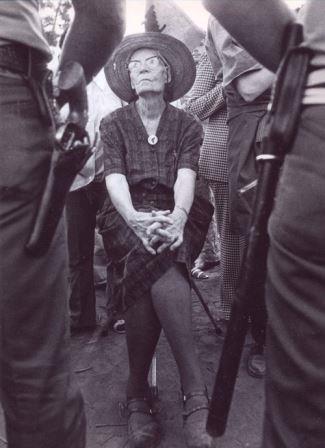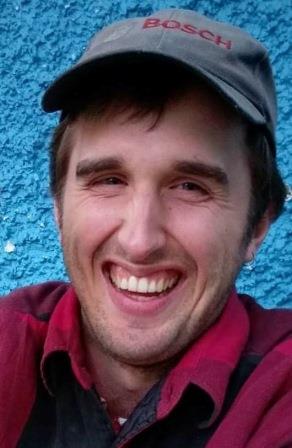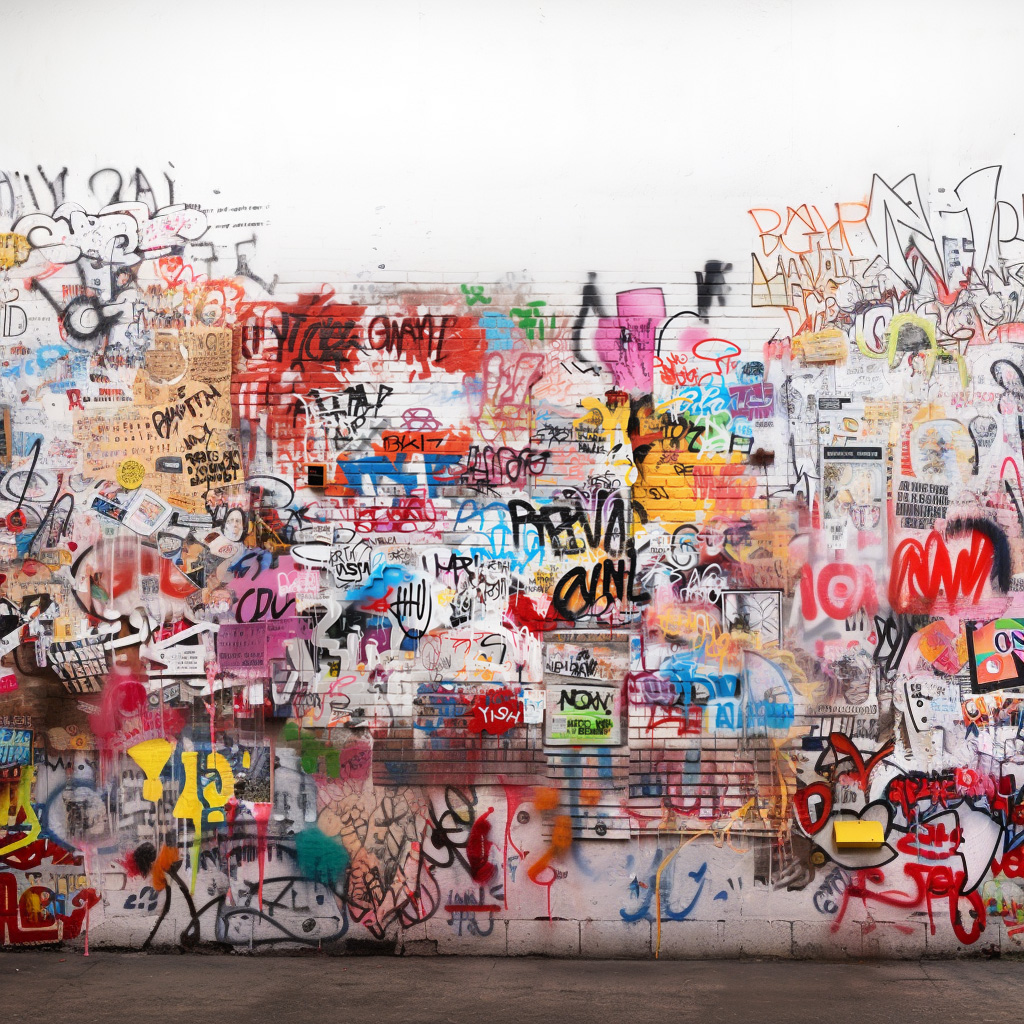Anxious resistance
I had a knot in my stomach all day. I couldn’t focus at work. I lost my appetite. I felt exhausted as soon as I woke up. My mind was running with a thousand scenarios of things going wrong. I became keenly aware of that familiar feeling: a low-grade but persistent anxiousness; a lump that sits somewhere between my heart and stomach warning me of something to be feared; an impending lack of control.
It was March 1, 2017. Ash Wednesday. For the past three weeks I had been meeting with fellow community members of the Minneapolis Catholic Worker and our friends from the Mennonite Worker to plan a vigil and direct action. Our intent was to lovingly, but boldly, address the American Catholic Church’s reluctance in naming the xenophobia and racism that have characterized Donald Trump’s presidential campaign and presidency. We sought to implore Archbishop Hebda and the Archdiocese of St. Paul and Minneapolis to release a public statement directly addressing the rise of xenophobia in our Church and society.

After work I sped home to prepare for the action. My mind was spiraling as we packed our car with a banner, ladders, candles and ropes. I thought of my heroes and their steely determination. Their seemingly complete lack of fear. I thought of the iconic photo of Dorothy Day picketing with Cesar Chavez, calmly gazing into the eyes of a police officer right before her final arrest at the age of 75. I thought of Daniel Berrigan on trial for burning draft files in Catonsville, Maryland. Seemingly unaffected by a pending three–year sentence to federal prison, Dan boldly proclaimed to the court, “We have chosen to say with the gift of our liberty and if necessary our lives: the violence stops here.”
With my mind and heart racing amidst a cascade of doubts and fears, I felt like I had missed the memo. The seeming difference between my anxiousness and their prophetic conviction was laughable. I wondered about Dorothy’s doubts and Dan’s fears. Did they have them? Or had God given them some kind of divine courage for holy conflict that rendered their doubts and anxieties obsolete?
And, most importantly, when will God give that to me?!
As a white Midwesterner, conflict avoidance is my cultural bread and butter. Growing up, tension or disagreement were to be feared and resented. They were signs of something gone irrevocably wrong; something over which to feel tremendously anxious. Yet here I was, about to help manufacture an almost-assuredly tense situation within a Church I call home. I found myself doubting, searching in vain for Dorothy-like divine courage. Is this worth it? Am I doing the right thing? Is the conflict, the worry, the anxiousness necessary?

While I wrestled with these doubts, fears and questions, a small inner voice (which I often resent) assured me that Jesus’ answer would be a resounding “Yes!” It’s become painfully clear to me I cannot claim to be Christian and deny Jesus’ call for direct action, which leads to inevitable conflict and anxiousness. While it’s incredibly important for me to take care of myself and not stretch beyond what I can handle, Jesus’s social vision clearly calls the most comfortable of us into discomfort. As in Mark 10: 17-27, Jesus did not lovingly challenge the rich, young man to give safely within the confines of comfortable charity but to relinquish all his wealth for the service of others.
Jesus’ is an orientation toward loving and creative tension; a tension resulting in Christ’s inherent opposition to oppression. Soon before he was crucified Jesus and his disciples staged a direct action at the Jerusalem temple, confronting temple authorities’ collaboration with the Roman Empire and exploitation of the poor. In analyzing Jesus’s incident at the temple, the biblical scholar Marcus J. Borg writes in his book “Conversations with Scripture: The Gospel of Mark” that “Judaism was not the problem [for Jesus]. The problem was the imperial captivity of the temple and its authorities’ collaboration with the Empire.”
In her “National Catholic Reporter” article Jamie Manson explains that many American bishops likely refrained from critiquing Trump’s hateful campaign rhetoric because of social and economic gains to be gleaned from his presidency. She writes, “In the course of the presidential campaign, the bishops’ conference put out one press release about promoting Catholic-Muslim dialogue and one release about “partisan divides” on migration issues. But as Trump inspired hate-speech, xenophobia, bias crimes and violence toward women, the bishops remained mum … the evidence suggests that the bishops’ conference threw under the bus the needs of these vulnerable peoples for the sake of advancing their anti-abortion, anti-LGBT, right-wing religious liberty agenda.”
The bishops’ behavior is tragically similar to the conduct Jesus condemned at the temple within his own religious tradition. Their silence is proving lethal. President Trump has engaged in an unprecedented campaign of intimidation and violence directed at many of the most oppressed and marginalized. Much of his executive action is in direct contradiction to the core of Catholic social teaching. In an attempt to follow Jesus’s call into discomfort and to mirror the loving tension he manufactured within the religious institution he called home, I came to see our Ash Wednesday action as not only necessary on a political level, but completely in line with my Catholic identity.
I have also come to see the inevitable anxiousness as not only necessary but also sacramental. While I must be aware of my limits and the reality of unhealthy anxiety, especially in the form of mental illness, I see some level of anxiousness as a gift; a signpost on my journey toward Christian discipleship. An indication that—with God’s help—I can to learn to embrace fear and then to let it go.
We pulled up to the Cathedral of St. Paul during the evening Ash Wednesday service, gathered our equipment, took a deep breath and were off. We ran up the stairs and leaned extension ladders on the two large marble pillars framing the cathedral’s front door. Two Catholic Workers ascended the ladders and hung a large banner reading “Speaking up for unborn lives more than black and brown lives is white supremacy – #silenceissin” across the door, calling on Church hierarchy to condemn racism and xenophobia with as much tenacity and consistency as it does abortion.

After hanging the banner we spent 20 minutes in silent prayer. Several of us engaged with passers by and church goers leaving Mass. We encountered a range of reactions from disdain to joyful support. Eventually, a priest came out with a small group of men. He read the banner, immediately instructed the men to tear it down and quickly moved back inside, choosing not to engage with us. (Check out this time-lapse video of our experience.)
Before leaving we sang a beautiful but haunting rendition of the Kyrie. As the doleful melody rose into the snowy sky, I felt the anxiousness drain from every limb of my body. What replaced it was a confident calm and deep joy. In that brief moment, I felt the fortitude of Dorothy and Dan within me. I let the cold air slowly fill my lungs, breathing out all the tangled thoughts, unraveling the knot in my stomach. The anxiousness died and resurrected, transformed within me. Another deep breath. I was right where God was calling me to be.
Note from the Editor:
Archdiocese of St. Paul & Minneapolis Bishop Bernard Hebda makes reference to these events of Ash Wednesday in the March 9 edition of “The Catholic Spirit.” Read it here.
ABOUT THE RABBLE ROUSER
 Joe Kruse, a friend of Sister Julia through the La Crosse, Wisconsin, community, is one of the founders of the Minneapolis Catholic Worker community in south Minneapolis, Minnesota. He grew up around Catholic Workers at the Place of Grace Catholic Worker community his parents helped start in La Crosse. Now he spends most of his time working at Rye House, one of the Minneapolis Catholic Worker hospitality houses. He also has invested a lot of time and energy into anti-frac sand organizing, leading discussions and workshops about structural racism and white privilege, and activism around racial and economic justice in Minneapolis.
Joe Kruse, a friend of Sister Julia through the La Crosse, Wisconsin, community, is one of the founders of the Minneapolis Catholic Worker community in south Minneapolis, Minnesota. He grew up around Catholic Workers at the Place of Grace Catholic Worker community his parents helped start in La Crosse. Now he spends most of his time working at Rye House, one of the Minneapolis Catholic Worker hospitality houses. He also has invested a lot of time and energy into anti-frac sand organizing, leading discussions and workshops about structural racism and white privilege, and activism around racial and economic justice in Minneapolis.







Beautiful Joe!
This was so well written that I could feel the anxiety well up inside me. It was fear, actually. Fear of what? That someone might think ill of me? How petty am I!
Well did.
This:”I wondered about Dorothy’s doubts and Dan’s fears. Did they have them? Or had God given them some kind of divine courage for holy conflict that rendered their doubts and anxieties obsolete?”
#sacramentalanxiety